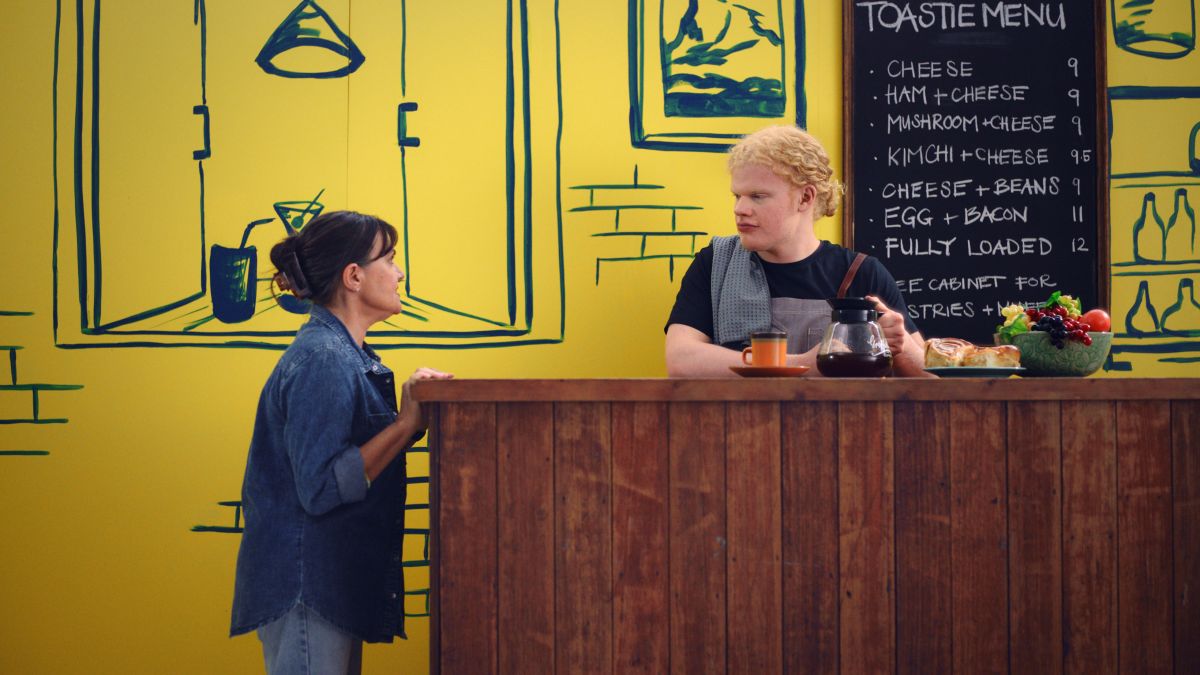Vision Australia has teamed up with three Australians with lived experience to create a series of videos that shine a light on the reality of living with low vision and to correct common misconceptions.
Research commissioned by Vision Australia showed that two in three Australians don’t know how to assist people with low vision, and The Pupil Project aims to correct that as Australia’s low vision population is set to increase by 25 per cent by 2030.
“Low vision is a clinical term for permanent vision loss that can’t be corrected by glasses. However, unlike someone who is blind, people with low vision won’t typically carry a white cane or have a Seeing Eye Dog. They appear to be just like you and I,” Vision Australia national brand and marketing manager Kristy Richards said.
“Our research highlighted that more than half of Aussies believe they’ve never interacted with someone who has low vision, despite there being almost half a million people living with this vision disability in the country.”
But while knowledge of blindness or low vision is low, there is at least a willingness to learn, with 72 per cent of sighted Australians open to learning more about being inclusive, whether that’s at work, school or in the wider community.
Braedan Jason, a radio producer and co-star in The Pupil Project said that while he often feels judged or looked down on when he asks for assistance, he’s hopeful that sharing his story can help correct those attitudes.
“If there are three things that I’d like to come out of this campaign, it’s for people not to assume my abilities or my limitations, it’s also for more businesses, employers and policymakers to create a more accessible and inclusive environment for people with a disability. Also, to encourage someone to just ask if they’re unsure how to help. You can’t help if you don’t know how,” he said.
“It takes me quite a bit of time to build up the courage to ask for help. So many of my surroundings aren’t accessible for people like me, and even though I’m quite resilient and capable of a lot of things, it would be nice to know that I’m not alone if I need help.
“There’s been times when I’ve asked for assistance to find a product at the supermarket because I can’t read the small print, or I’ve needed to ask for directions because I can’t see the street signs, and the other person will look at me strangely because I don’t appear to have a disability. Low vision or full vision, we’re just trying to get through our lives like everybody else,” he said.
The project included people with lived experience at every stage, from the scriptwriter to the camera crew to the talent. It is audio described and uses a unique lens so people can experience each situation through the eyes of someone living with the most common causes of low vision, such as, cataracts, glaucoma, retinitis pigmentosa and macular degeneration.

